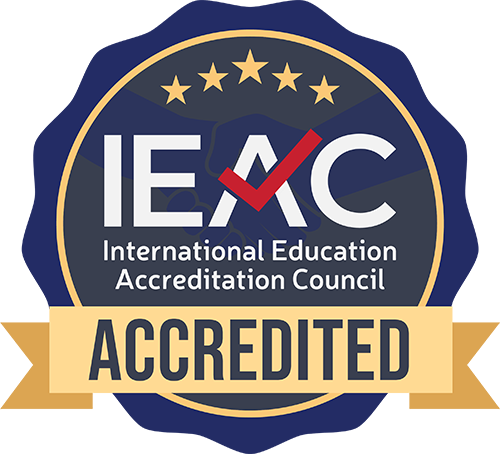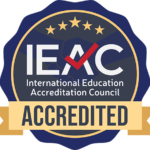Creative Writing Modules

All creative writing modules (courses) are 8 ECTS credits (4 credits in the American system) unless otherwise specified.
Go back to:
Master's-Level Modules
Mimesis is an ancient technique of literary imitation; it was known to the classical Greeks and Aristotle gave it life and elaboration in his Poetics. In this module, students study the primordial roots of mimesis and apply the lessons they glean to four major mimetic assignments, using writers whom their mentors approve.
Readers need to know where and when the narrator is taking them, and they need to know it in the first pages of a story, arguably even the first paragraph. In this module, we will read some of the masters, Anton Chekhov and Charles Dickens, to see how they established setting. Then we will move to contemporary author Michael Crichton and explore his use of setting in Jurassic Park.
Do your readers care about your protagonist? If not, they will not stay with you until the end of your book or short story. Students will learn in this module how to concoct interesting characters, ones who will stay with them long after the last page is turned. Assigned reading for this module includes William Faulkner’s A Rose for Emily and John Irving’s The World According to Garp. They will also listen to the hit podcast S-Town.
Who is telling your story? Should the protagonist tell it from his or her first-person perspective, or should you have an all-knowing, omniscient narrator who doles out the story in bits and pieces until all is revealed? Point of view must be decided before the first word is committed to paper. In this module, we will study short stories from Leo Tolstoy, J.M. Barrie, John Steinbeck, and F. Scott Fitzgerald and will then experiment with a short story of our own written from various points of view to learn the intricacies of each one.
After you’ve chosen a point of view, created a compelling character, and established setting, it is time to put that character in trouble! Plot is everything. After all, if there is no discernible plot, there is no story. In this module, we will begin with Tobias’s 20 Master Plots and begin to sketch outlines for each basic plot. We will use the mystery genre as our guide, beginning with Edgar Allen Poe’s Murders in the Rue Morgue and Robert Louis Stevenson’s The Strange Case of Dr. Jekyll and Mr. Hyde before moving to modern mystery writer Ian Fleming.
This module affirms the importance of traveling with a “map.” An outline is precisely that, a map of one’s particular literary journey. The outline is most often used by novelists and screenwriters; however, it is appropriate for any creative writer, envisioning a book or chapbook.
Haiku is a critical technique that will hone a writer’s discipline, brevity with words, and sensitivity to his or her surroundings.
Who should narrate your fiction, and how much should your narrator know? This module will help students answer the questions.
Lying in non-fiction will get you chastised by Oprah Winfrey. This module will explore how to be creative while still tell the truth.
Learn the basics of good screenwriting, including the three-act structure.
Aristotle called it the lowest form of writing. Then again, laughter is good medicine. Find out how to write funny in this module.
PhD-Level Modules
Students read Aristotle’s Poetics to understand the basis for artistic instruction via mimesis and apply it to writing in four different genres.
Students in this course analyze some of the greatest writings in world literature, extrapolate lessons of craft from each reading, and apply these lessons to the composition of their own creative nonfiction.
This module involves exploration of the persona poem through ekphrasis.
In a society where many people, particular young people, are materialistically jaded, this module offers an opportunity to find spiritual inspiration in simple things that have not been commercialized.
This module is an exploration of the archetypal literary power of inspiration inherent in the classical notion of the Nine Muses. It is a course in creativity that may translate into all creative writing disciplines.
Shakespeare called brevity the soul of wit in Hamlet. Here, we take a cue from the Bard and encourage writers to tell a story in less than 1,000 words to learn the discipline of making every word count.
In this module, students examine opportunities for studying and evaluating various modes of narration and story development.
A single event in literary history inspired this module. Nobel writer, Gabriel Garcia Marquez, has claimed that he dreamed his entire revolutionary novel, One Hundred Years of Solitude in one night. Less dramatically, writers have looked to their dreams for inspiration from the beginning of the human literary quest. In this module, students complete in-depth readings of Freud and Jung, focusing on their research into dreaming. They learn the language of archetypes, interpret their own dreams, and use what they discover to write new, insightful works.
What makes us creative and what keeps us that way? Many theories of creativity now exist. We encourage students to explore an array of them in this module, ranging from the academic/literary to psychological ones. Writers first explore the nature of the brain and come to understand how we need both the right and left brains working in concert to write well.
Great writing has significance across many cultures. In this module, students will study four Nobel Prizewinning authors to discover what makes a work significant and timeless.
Humans have always told stories–oral myths, which were usually acted out in poetry and drama, the first written forms. Throughout recorded human history, people have wanted and needed the stories of heroes, those who have conquered challenges, those who innately inspire since they are more like us than they are different. Thus the world writing that captivates readers across borders tends to incorporate the fusion of mythos and poetry, i.e., mythopoesis.


